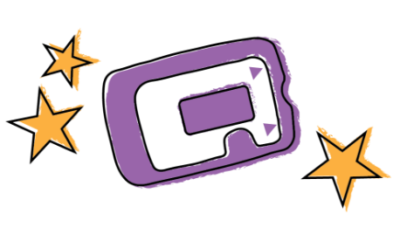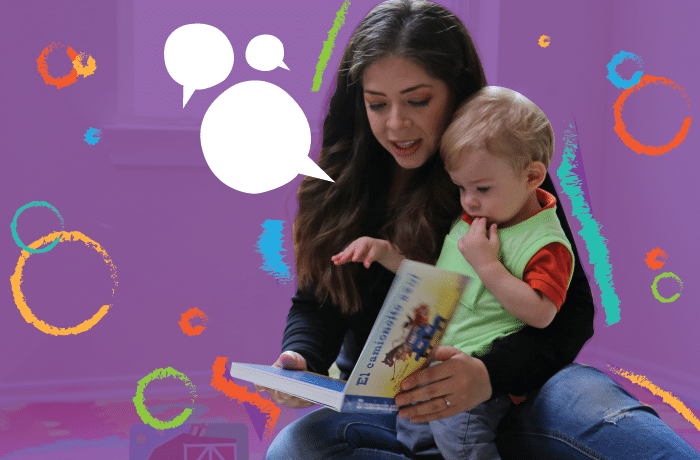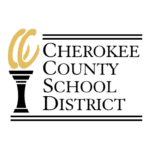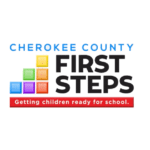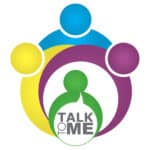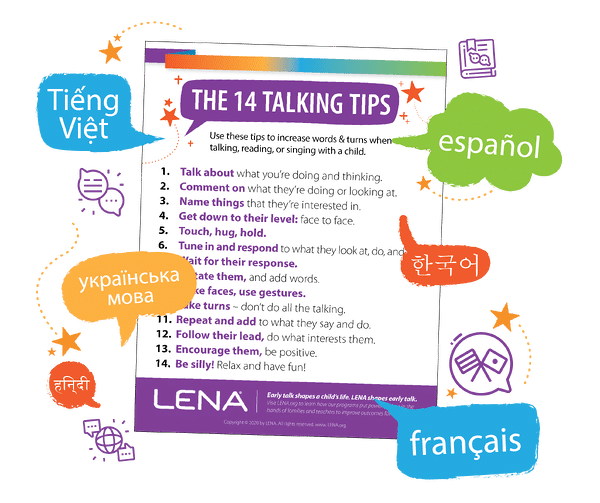“Third-grade literacy is not something that happens in second grade. ... School districts would be very wise to engage well with the preschool providers in their communities, to share professional development opportunities, to share resources like LENA.”
-Dan Wuori, Founder and President of Early Childhood Policy Solutions
This post was originally published November 29, 2023. It has been updated with analysis of larger data sets.
When does a child start to learn how to read? First grade? Kindergarten? It’s earlier than you might think!
According to author and literacy specialist Lucy Hart Paulson, in fact, learning to read starts even earlier than infancy!
In a webinar about the science of reading, Paulson, co-author of LETRS for Early Childhood Educators, said, “Literacy actually begins before babies are born. … They’re gaining a sense of the rhythm and the melody, the spacing of syllables, before they’re even born.”
Later, it’s the infant’s coos and babbles (and how adults respond to those coos and babbles). Later still, it’s the toddler’s two- or three-word sentences (and how adults repeat and add on). Then, it’s the preschooler’s nonsensical rhymes, their meandering stories, their oft-repeated songs (and an adult’s encouragement thereof!).
These interactions are such simple things — we call them conversational turns — but they build important things like phoneme awareness, background knowledge, and verbal reasoning. These are things that are crucial to learning how to read and write. Early interactions, early literacy, and school readiness all go together.
School readiness and conversational turns
Case in point, here are some compelling results from a recent analysis out of South Carolina, where LENA’s research team collaborated with Cherokee County School District, Cherokee County First Steps, and Talk to Me Cherokee to investigate the impact of conversational turns on children’s scores on the Kindergarten Readiness Assessment (KRA).
“It is exciting to be able to see the effects of intentionally and purposefully preparing our youngest students for kindergarten,” said Lisa Blanton, Coordinator of Early Childhood Education at Cherokee County School District. “Without the support of LENA, we could only hope we were being effective. Now we know we are making a difference.”
The KRA is South Carolina’s standard assessment of school readiness. All kindergarteners take the assessment within the first 45 days of school. On a scale of 202-298, the KRA indicates a child’s school readiness in several domains, including social foundations, language and literacy, mathematics, and physical well-being. Children are categorized as having achieved emerging (202-257), approaching (258-269), or demonstrating readiness (270-298). The children in this study were participants in LENA’s home-based programming, including LENA Start.
Dr. Jill Gilkerson, LENA’s Chief Research and Evaluation Officer, said, “This partnership provided a rare opportunity to longitudinally track LENA children through kindergarten, to assess the causal impact of caregiver participation on kindergarten readiness scores.”
Children who participated in a LENA program achieved significantly higher scores on the KRA compared to children in a demographically matched control group. This applied to overall scores, as well as to the social, language/literacy, and math domains.
Among those children who participated in LENA, there was a significant and positive relationship between the number of conversational turns children experienced and their scores on the KRA.
In addition, children who participated in a LENA program were 2x more likely to demonstrate readiness in language and literacy and 1.7x more likely to demonstrate overall readiness.
These figures are in line with similar results for children who participated in the LENA Grow professional development program.
Everyone — parents, caregivers, school district leaders, policymakers, the list goes on — wants to see kindergarten readiness rates improve. And they want to see solutions that are as accessible as they are effective. If something as simple as talking with young children can help move the needle on school readiness and literacy skills, then let’s get those conversational turns going!

